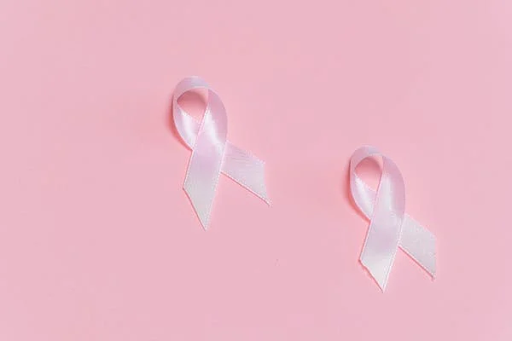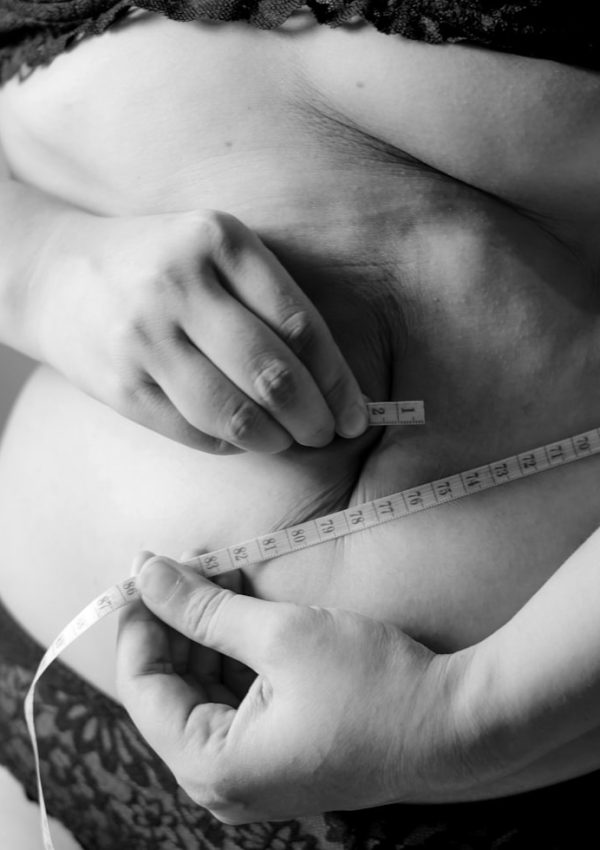It’s important to be as informed as possible about your treatment options. This includes understanding when a mastectomy may be the best option and what to expect during and after the surgery. There are so many advances in surgery and cancer treatment, and the survival rates for breast cancer are always rising. But what can you expect in terms of post-operative care and recovery? This article will tell you everything you need to know.
When to Consider Mastectomy
There are a few scenarios in which your doctor may recommend a mastectomy. A mastectomy may be recommended to remove all cancerous tissue if you have been diagnosed with breast cancer. This is especially true if the cancer is large or has spread to other breast parts.
A mastectomy may also be recommended if you have a very high risk of developing breast cancer, even if you have no signs or symptoms. This is often the case for women who carry the BRCA1 or BRCA2 gene mutation. The BRCA1 and BRCA2 genes are responsible for repairing damaged DNA. But when they contain mutations, they don’t work correctly. This can lead to an increased risk of breast cancer.
Another time when a mastectomy may be recommended is if you have a very high risk of developing breast cancer, and you have already had radiation therapy to the breast. Radiation therapy can damage the DNA in the cells and increase your risk of developing cancer.

Finally, a mastectomy may be recommended if you have problems with your breasts, such as severe pain, inflammation, or discharge. If you are considering a mastectomy, you must talk to your doctor about your situation. They will be able to recommend the best treatment for you.
What to Expect During Surgery
A mastectomy is a surgical procedure to remove all or part of the breast. It may be recommended if you have been diagnosed with breast cancer, have a very high risk of developing the disease, or if you carry the BRCA1 or BRCA2 gene mutation.
The surgery is usually performed under general anesthesia, which means you will be unconscious during the procedure. In most cases, the surgeon will make an incision in the armpit and remove the entire breast, including the nipple and areola. If only a portion of the breast needs to be removed, this can often be done through a smaller incision.
During the surgery, the lymph nodes in the armpit may also be removed. This is done to check for cancerous cells and to see if cancer has spread.
In some cases, a mastectomy may be performed as a preventive measure, even if you don’t have breast cancer. This is often the case for women at a very high risk of developing the disease. After the surgery, you will likely experience some pain and discomfort. Your doctor will prescribe special mastectomy bras to wear during your recovery. These bras provide support and help to reduce swelling. You may also have drains to collect any excess fluid that may accumulate. Most women stay in the hospital for one or two nights after surgery. Once you are home, getting plenty of rest and avoiding any strenuous activity is vital. Your doctor will give you specific instructions on when you can return to your normal activities.
What to Expect During Recovery
After a mastectomy, you will likely experience some pain and discomfort. Your doctor will prescribe medication to help manage this. You will also have drains in your chest to help remove excess fluid. These will usually be removed after a week or so.
You should expect to feel tired and weak for several weeks after surgery. It may take several months before you feel like yourself again. You may also experience swelling in the arm or chest area and difficulty breathing or coughing.
It is essential to follow your doctor’s instructions carefully during recovery, including taking all of your medications and completing any necessary physical therapy exercises. Most women can return to work within six weeks of surgery, although strenuous activities may need to be avoided for longer. Recovery times vary from person to person, so it’s essential to listen to your body and take things slowly.
Recovery and Follow-Up Care
You will need to have regular follow-up appointments with your doctor to ensure that cancer has not returned. You may also need to undergo additional treatments, such as radiation therapy or hormone therapy, depending on your situation.
For many women, undergoing a mastectomy can be a difficult decision. It’s important to remember that you are not alone and there is support available.
There are many resources available to help you cope with the physical and emotional aspects of living without breasts. Talking to your doctor, a counselor or a support group can be very helpful.
Mastectomies are usually successful in treating breast cancer. The chances of cancer returning are low, especially if the entire breast is removed. However, it’s important to remember that there is no guarantee that cancer will not come back. Regular follow-up appointments and screenings are essential to ensure that any new problems are caught early.
What You Can Expect in the Long Term
In the long term, most women who have had a mastectomy can live relatively normal lives. There may be some activity restrictions, depending on the type of surgery you had and your overall health. You may also need to take medication or undergo additional treatment if cancer cells are found in the lymph nodes.
It’s crucial to stay up-to-date on your follow-up care, which usually includes regular mammograms and doctor’s appointments. You should also report any changes in your health, such as new lumps or unusual pain, to your doctor immediately. By staying informed and working closely with your medical team, you can help ensure a good outcome after surgery.
Deciding to have a mastectomy is never easy. But it’s important to remember that you are not alone. There are many resources available to help you through this difficult time. Talk to your doctor about what to expect during and after surgery, and be sure to ask any questions you may have. With proper support, you can overcome this challenge and become stronger on the other side.




